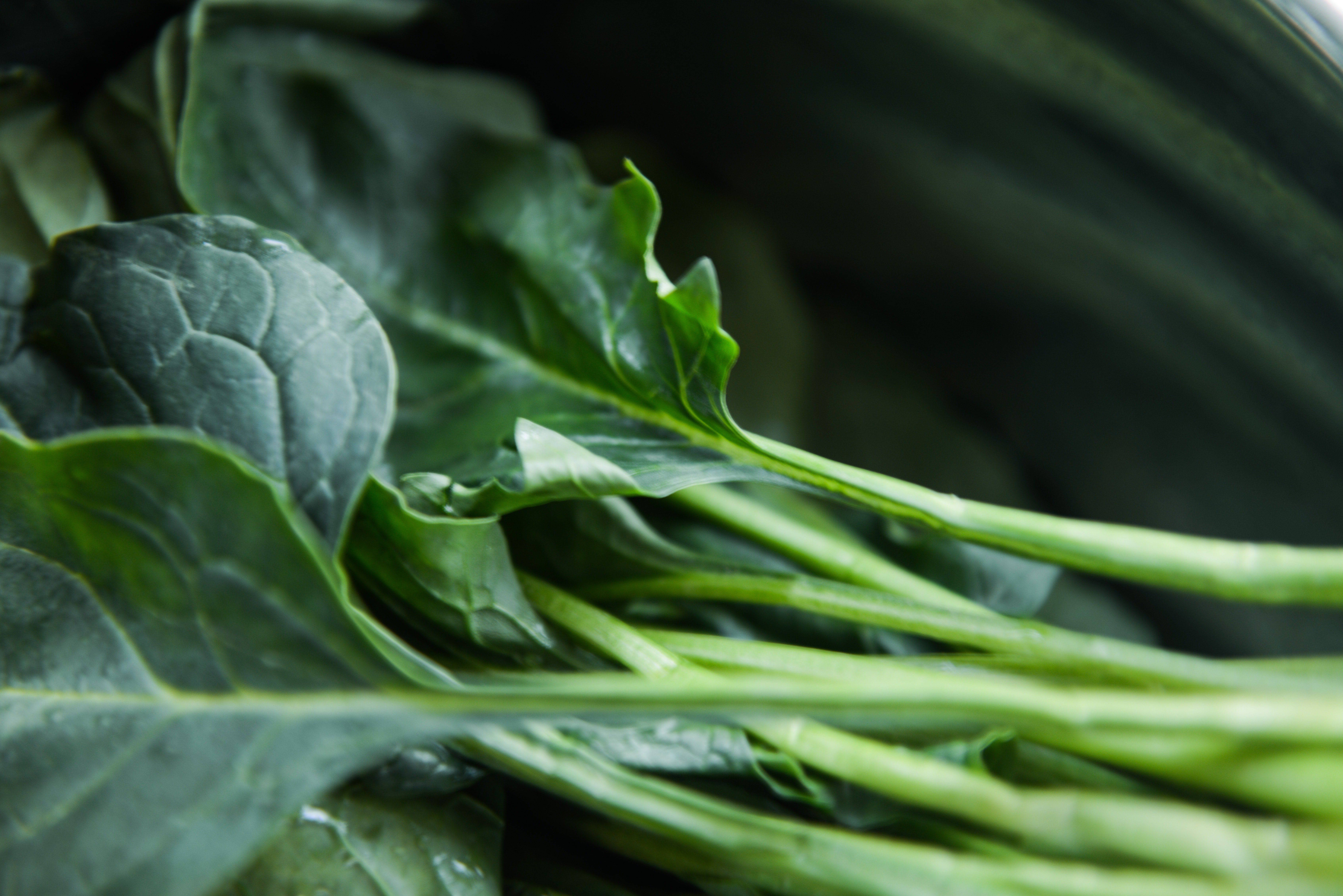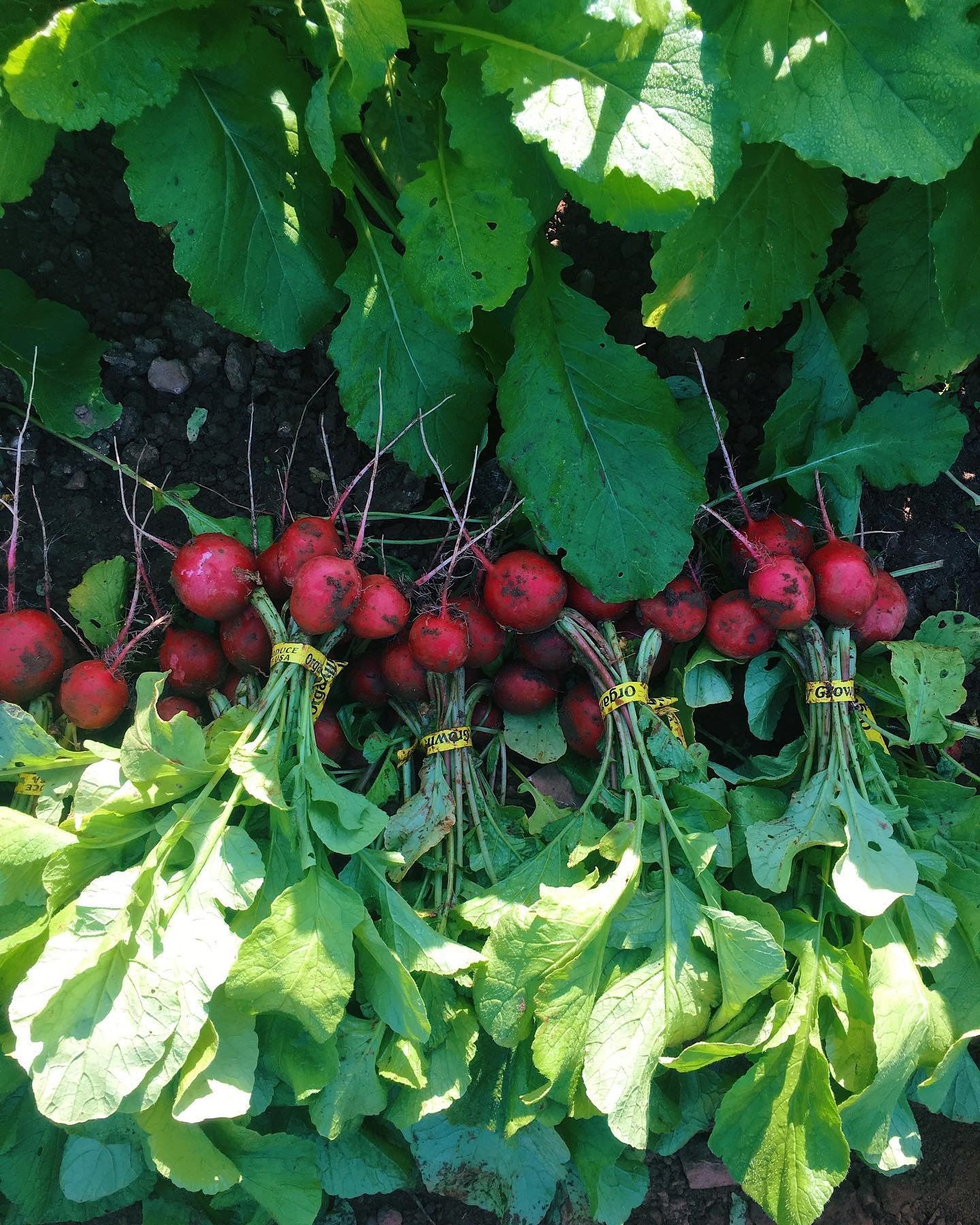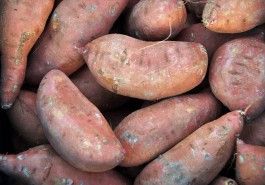Hey there Farm-ily,
Are you all outside soaking up these last few days of warmth and sunshine? If so, you're not the only ones basking in the heat. We have macrobins overflowing with sweet potatoes, carefully set up for curing in the greenhouse. That's right, we cure veggies- but it is a significantly different process than the one used for meats. While your bacon enjoys a nice coating of salt and sugar as it ages in refrigeration, crops like potatoes, onions, and squashes all get a boost in flavor and longevity from curing in hot, humid conditions before winter storage. It's during the curing process that the starches inside these veggies are converted to sugars so those sweet potatoes live up to their name!
All the veggies we cure depend on us to harvest them before the first hard frost of the year. "Winter squash" is a bit of a misnomer, because they must come out of the fields in late summer or early fall. Exposure to greater degrees of cold subjects them to chill injuries and reduces their shelf-life. Properly cured squashes that are harvested on time can last 3-6 months; sweet potatoes and cured onions in proper conditions can last up to a year. We know it's time to harvest when squash rinds become dull. Another common farmer "hack" is to test them by making an indentation with a fingernail. A mature squash is too hard to easily mark. Onion stalks start bend near the ground, sealing off the bulbs and halting photosynthesis. For sweet potatoes, we do a test dig for size and then mow the vines to mimic the natural drying effect of the drooping onions.
Although high humidity helps with curing, wet surfaces on any of these veggies can ruin the process by incubating mold or mildew. That means we have to harvest them in dry weather and cure them dirty! When your sweet potatoes arrive in your shares with a good coating of Willowsford Farm soil, that's a purposeful choice we make to help them last in your pantry. Right now, they're resting in lined crates, enjoying the warm breeze of the circulating fans and 80 degree temperatures. Winter squashes get similar treatment. Onions prefer to be laid out in single layers on wire racks and rotated until their outer surface has become a natural shrink-wrap. The curing process naturally hardens the rinds of squashes, the papery onion layers, and the skin of the potatoes to make them storage-friendly. Once we've cured them and passed them along to you, all they need is a cool, dry, preferably dark resting place.
Just like hard cheese and good wine, some veggies are better with a little age. As we near the end of the CSA season, don't be afraid to stock up on these pantry staples! They'll last you well beyond the last distribution of farm shares. We imagine you enjoying them in the months to come as we harvest; we hope you'll think of us during the off season while you cook!
Eat Well and Be Well,
Ashley, Collin, John, Lex, Alexandra, Rory, Gabe, and the hens, hogs, and dogs
Need meal ideas? Head over to
Willowsford Farm's Pinterest page
for hundreds of recipes using all the veggies we grow!




